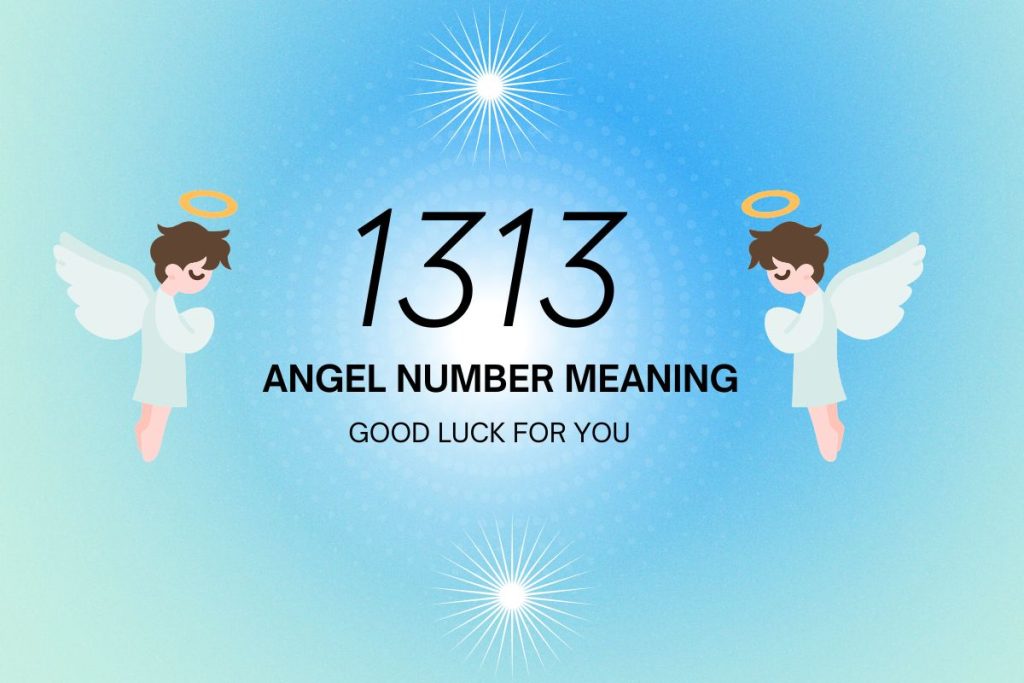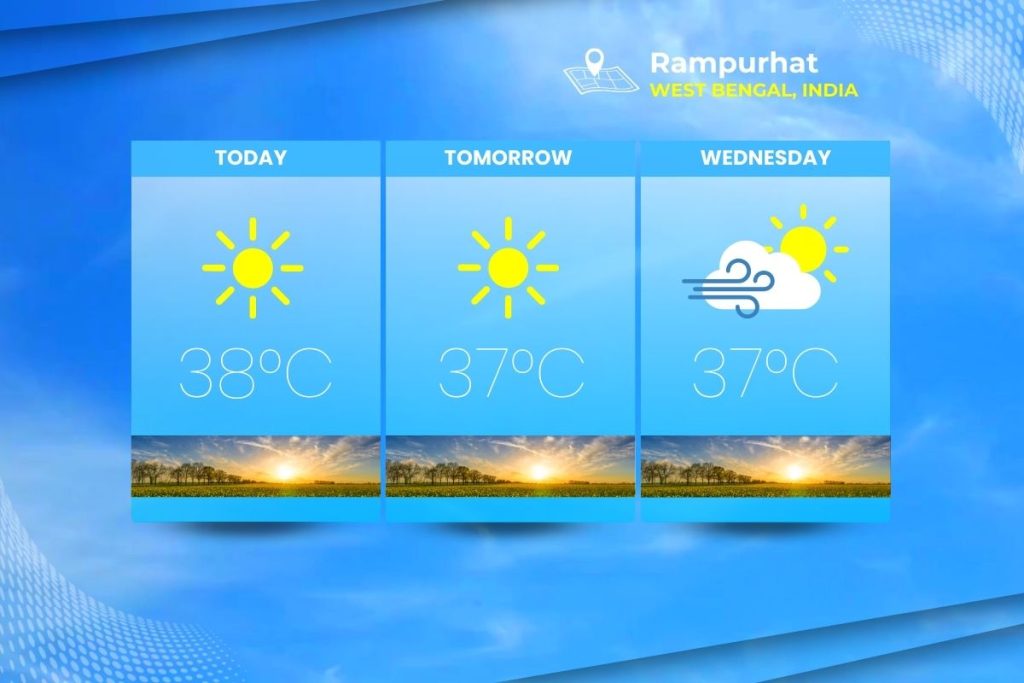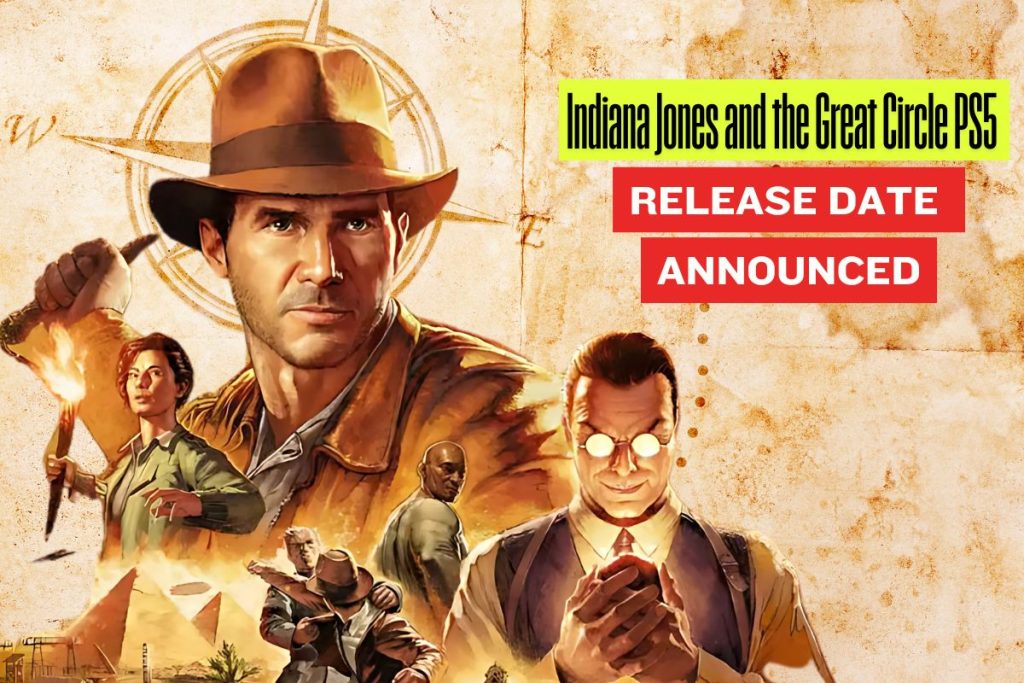
American Artists: The Painting Style Of Charles Marion Russell
American art and American artists are often overlooked when considered the most beautiful artwork because they came so much later in history. As American culture was one of the last to develop, decades of European artwork had already been established as the gold standard, and anything different was considered lesser.
American artists were often written off as amateurs on the world stage because they had not been trained at any of the leading European art schools and because they approached the subjects of their paintings in a down-to-earth, realistic manner. What many critics did not fully understand, however, was the fact that in most cases American artists depicted real-life events taking place in America at the time.
As a result, many American painters during the expansion toward the American west coast were just as many historians as they were painters. One such painter was Charles Marion Russell. He chronicled over 2,000 paintings of life on the American Western frontier and is considered one of the best to do so due in part to his colorful and dramatic style.

Bronco Busting (1895)
Charles Marion Russell another American artist is best known for his colorful comic-like style and overly romantic renditions of life in the American West during the late 19th century. However, Russell’s paintings are mostly filled with action or drama akin to a modern-day comic book or movie.
Russell’s overly dramatized style may be slightly exaggerated in some cases; however, the American painter used this Romanticist method of painting to showcase and highlight just how exciting and wild the American West was. In this regard, his paintings are tremendously successful.
A Bad Hoss is just one of several Charles Russell paintings produced depicting a cowboy battling to tame a wild horse. This symbol would become synonymous not only with Russell but also with the American West. A cowboy on a bucking bronco is still a popular image used in the American West today, and this is mainly thanks to the beautiful artwork of Charles Russell.
Table of Contents
Lewis And Clark Meeting The Mandan Indians (1897)
One of the most important roles for American painters of this period was chronicling historical affairs and formulating American history into a clear and understandable sequence of events. However, this was no easy task, as in many cases, painters had to recreate events before they were even born.
One such instance was in Russell’s titular painting of Lewis and Clark Meeting The Mandan Indians. Unfortunately, the events of the Lewis and Clark expedition took place almost 100 years before Russell painted the painting, so recreating an accurate painting to match the story was no easy task.
Nevertheless, Charles Russell somehow managed to capture all the tension and drama that must have been present when Lewis and Clark encountered the Mandan Indians for the first time. The two parties reach out an unsure hand, and thanks to Russell’s colorful illustrative style, the uneasiness between the two groups is palpable.
Return Of The Warriors (1906)
Return of the Warriors – Charles Marion Russell
Like many American artists, and contrary to popular belief, many Americans, Russell included, had great respect for the Native American Indians. Russell even spent some time living with a Native American tribe, where he learned much about the culture during his stay.
This intimate insider knowledge shines through in his Native American paintings, and there is an obvious appreciation of the culture in all of his artwork depicting them. In addition, many paintings in the large body of work are dedicated to the Indians and showcase the poise and bravery of these great people.
Return of the Warriors is just one of many paintings highlighting the magnificence and free spirit of the American Indian. The characters in Charles Russell’s paintings are larger than life, and his colorful style lends itself beautifully to the idea of divination and idolization that has always been present in paintings throughout history.
In Without Knocking (1909)
As Charles Marion Russell was predominantly an American Wild West painter, it goes without saying that many of his paintings depict the grippingly wild antics and lawless scenes that the wild west is now famous for today.
It has even been confirmed that Russell’s paintings were one of the major influences in developing the Spaghetti Western movie genre. In Without Knowing and Smoke of a .45 are two of Russell’s most famous cowboy paintings.
Both depict that classic cowboy scene of a wild shootout on horseback. In both paintings, which are very similar, the pistol smoke blooms as the horses kick up dust, and the scattered playing cards and beer bottles suggest the iconic cowboy scenario of a bar room brawl.
Laugh Kills Lonesome (1925)
Above all else, Charles Marion Russell’s paintings are a celebration of life. The bright color schemes of the American scenery and the colorful characters depicted therein are love letters to a time in American history that was coming to an end.
At their core, Russell’s paintings are filled with the magic and wonder contained within life that most people forget about by the time they reach adulthood. This childlike wonder possessed by Russell is one of the finest attributes of his artwork, as it is clear that he was deeply fascinated and inspired by life in the American West.
Laugh Kills Lonesome, or Laughter Kills Loneliness as it has also been known, perfectly captures the magic of the human experience on this earth. The companionship of the cowboys around the campfire, under the backdrop of the mountains and moonlit sky, profoundly summarizes what life in the West was truly all about. It is rightly regarded as one of his very best paintings.
Conclusion
Charles Marion Russell’s uniquely cartoonish style and love for the American West jump off the canvas when viewed. He not only succeeded in his loving, artistic dedication to the period but also greatly shaped and influenced the image of the cowboy present in our culture today.
November 16, 2022

















